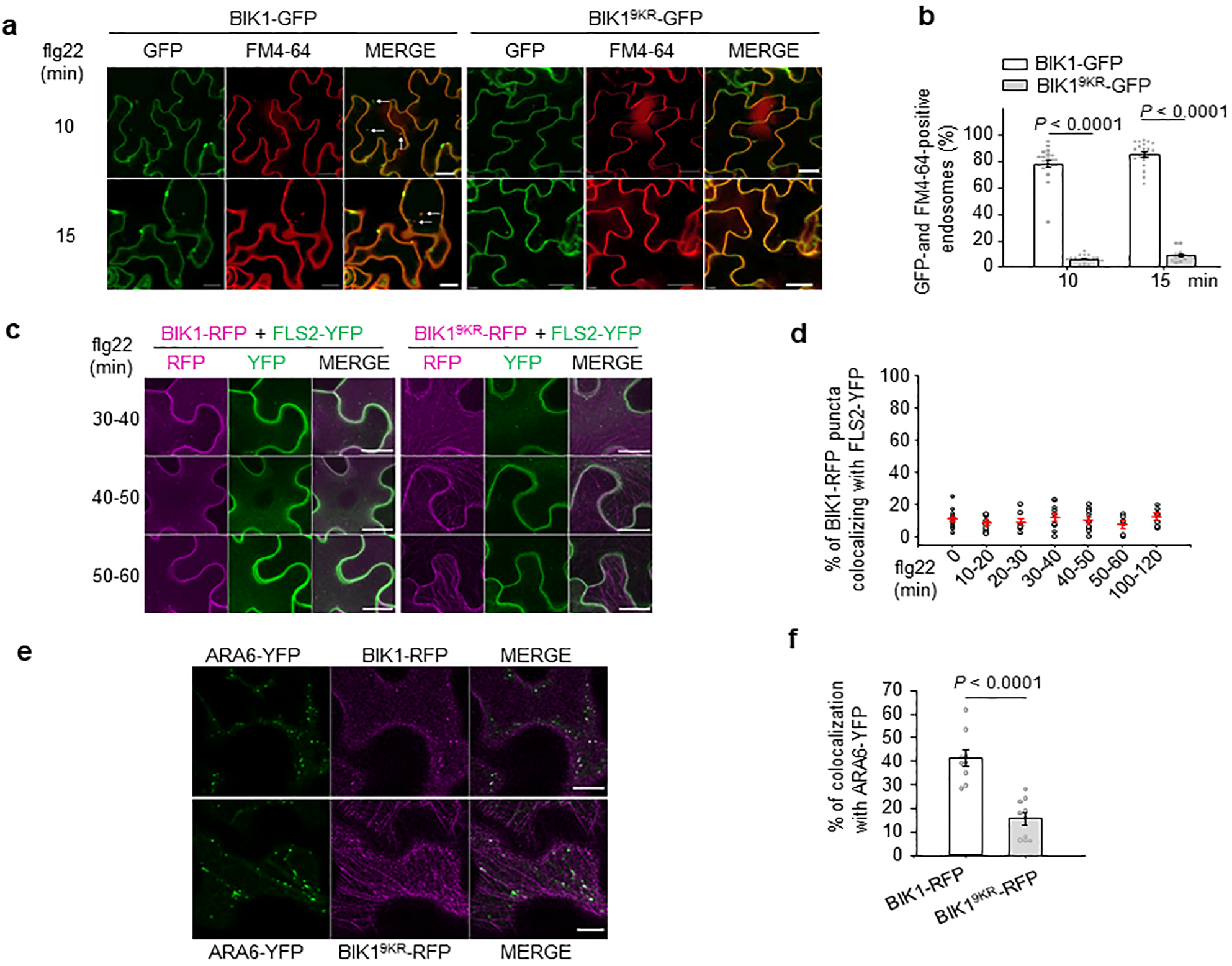Extended Data Figure 9. The BIK19KR mutation impairs flg22-induced BIK1 endocytosis.

a. b. BIK19KR-GFP-labelled puncta colocalize less with FM4–64 than BIK1-GFP upon flg22 treatment. Five-day-old seedlings of 35S::BIK1-GFP or 35S::BIK19KR-GFP were pretreated with FM4–64 (2 μM) for 15 min and elicited with 100 nM flg22 for the indicated time points and fluorescence was detected in epidermis by a confocal microscopy (a). White arrow points to colocalized endosomes. Scale bars, 20 μm. Percentage of BIK1-GFP or BIK19KR-GFP and FM4–64 positive endosomes over time per 100% of image area is shown in (b). Data are shown as overlay of dot plot and means ± SEM (Two-tailed Student’s t-test, n = 21 images for BIK1-GFP and n= 16, 15 images for 10, 15 min respectively for BIK19KR-GFP). c. Flg22-induced BIK1, BIK19KR and FLS2 endocytosis in N. benthamiana. BIK1-TagRFP (BIK1-RFP) or BIK19KR-TagRFP (BIK19KR-RFP) was co-expressed with FLS2-YFP in N. benthamiana, infiltrated with 100 μM flg22 and imaged at the indicated time points by a confocal microscopy. The images of 30–40, 40–50 and 50–60 min after flg22 treatment from Fig. 4e are shown here. Scale bars, 20 μm. For BIK1-RFP/FLS2-YFP, n= 14, 11, 7, 10, 10, 6, 7 images for 0, 10–20, 20–30, 30–40, 40–50, 50–60, 100–120 min; for BIK19KR-RFP/FLS2-YFP, n= 19, 11, 11, 9, 16, 12, 7 images for 0, 10–20, 20–30, 30–40, 40–50, 50–60, 100–120 min respectively. d. Percentage of BIK1-RFP puncta colocalizing with FLS2-YFP after flg22 treatment for the indicated time points in Fig. 4e and Extended Data Fig. 9c. Data are shown as overlay of dot plot and means ± SEM (n= 14, 11, 7, 10, 10, 6, 7 images for 0, 10–20, 20–30, 30–40, 40–50, 50–60, 100–120 min respectively). e-f BIK19KR-RFP shows reduced co-localization with ARA6-YFP. BIK1-RFP or BIK19KR-RFP was transiently expressed with ARA6-YFP in N. benthamiana, and the images were taken 48–72 hr after infiltration (e). Scale bars, 10 μm. Percentage of BIK1-RFP puncta colocalizing with ARA6-YFP is shown in f. Data are shown as overlay of dot plot and means ± SEM (Two-tailed Student’s t-test, n= 9 images for BIK1-RFP; n= 10 images for BIK19KR-RFP). The experiments were repeated three times with similar results.
